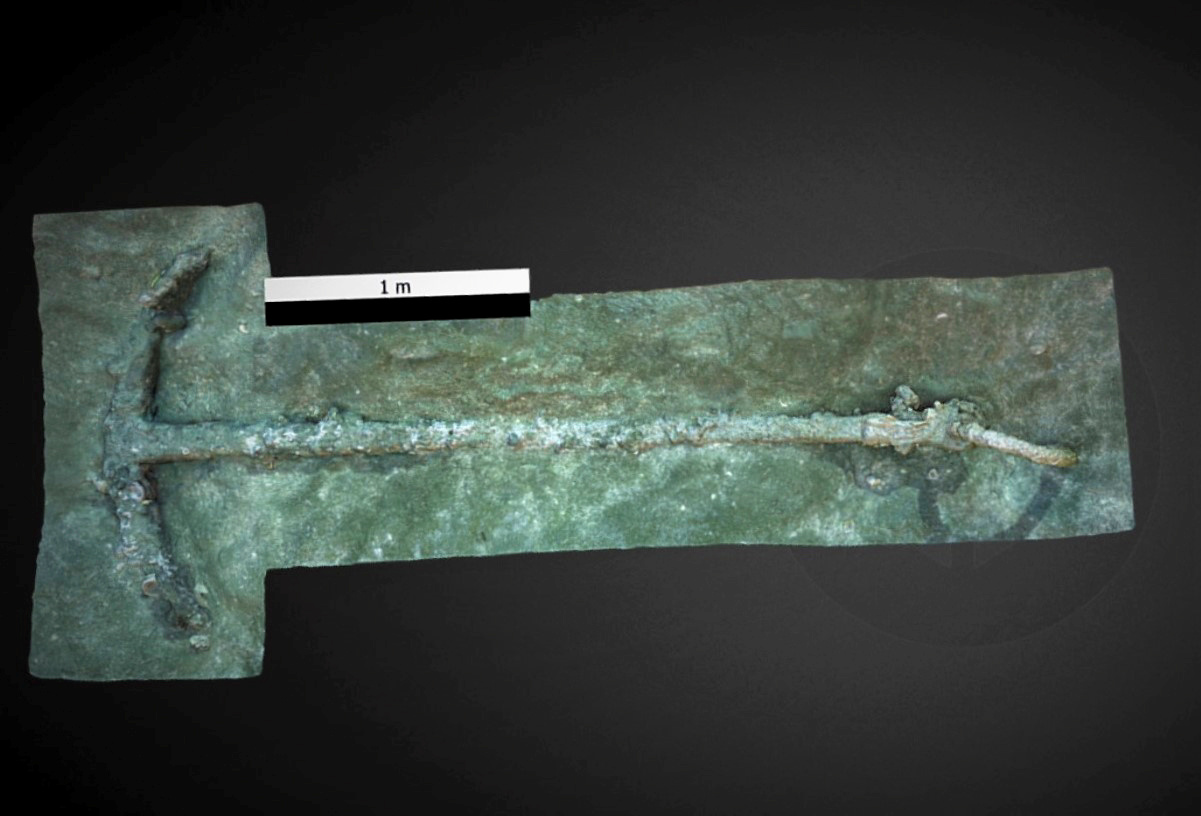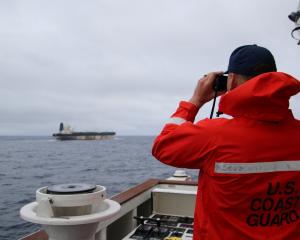
The anchors, found on the ocean floor near the former Spanish settlement of Villa Rica in southeastern Veracruz state, are well preserved and resemble those made in the 1500s, Mexico's National Institute of Anthropology and History (INAH) said on Monday.
Their discovery, along with an anchor believed to be from the 15th century that was found last year, has reassured archaeologists that they are on track to find more artefacts documenting the European invasion of Mexico.
They have identified 15 other sites that may also turn up anchors, which could help pinpoint the spot where other Spanish galleons under Cortes' command might have sunk and increase the odds of finding wooden hulls and other remnants.
Cortes famously burnt the first ships he and his crew used to sail to Mexico, forcing his small army of treasure-hunters to march inland.
"The conquest of Mexico was a seminal event in human history, and these shipwrecks, if we can find them, will be symbols of the cultural collision that led to what is now the West," marine archaeologist Frederick Hanselmann said in a statement.

The largest anchor measures nearly 4 metres long and is about 1.6 metres wide.
Interest in the Spanish conquest of Mexico is surging as this year marks the 500th anniversary of Cortes' arrival, two years before he and his native allies overran the Aztec capital of Tenochtitlan, where Mexico City would later rise.
Earlier in the year, Mexican President Andres Manuel Lopez Obrador, who has written several history books, publicly asked Spanish King Felipe VI and Pope Francis to apologize to indigenous Mexicans for the death and destruction unleashed by the conquest.
Two new television series are also stirring new interest in the history, one released last month by TV Azteca called Hernan, and another planned to be developed by famed Hollywood director Steven Spielberg entitled Cortes that stars Oscar-winner Javier Bardem.
The anchors, once documented, were returned to where they were found to ensure continued preservation in the deep sediment, INAH said.












